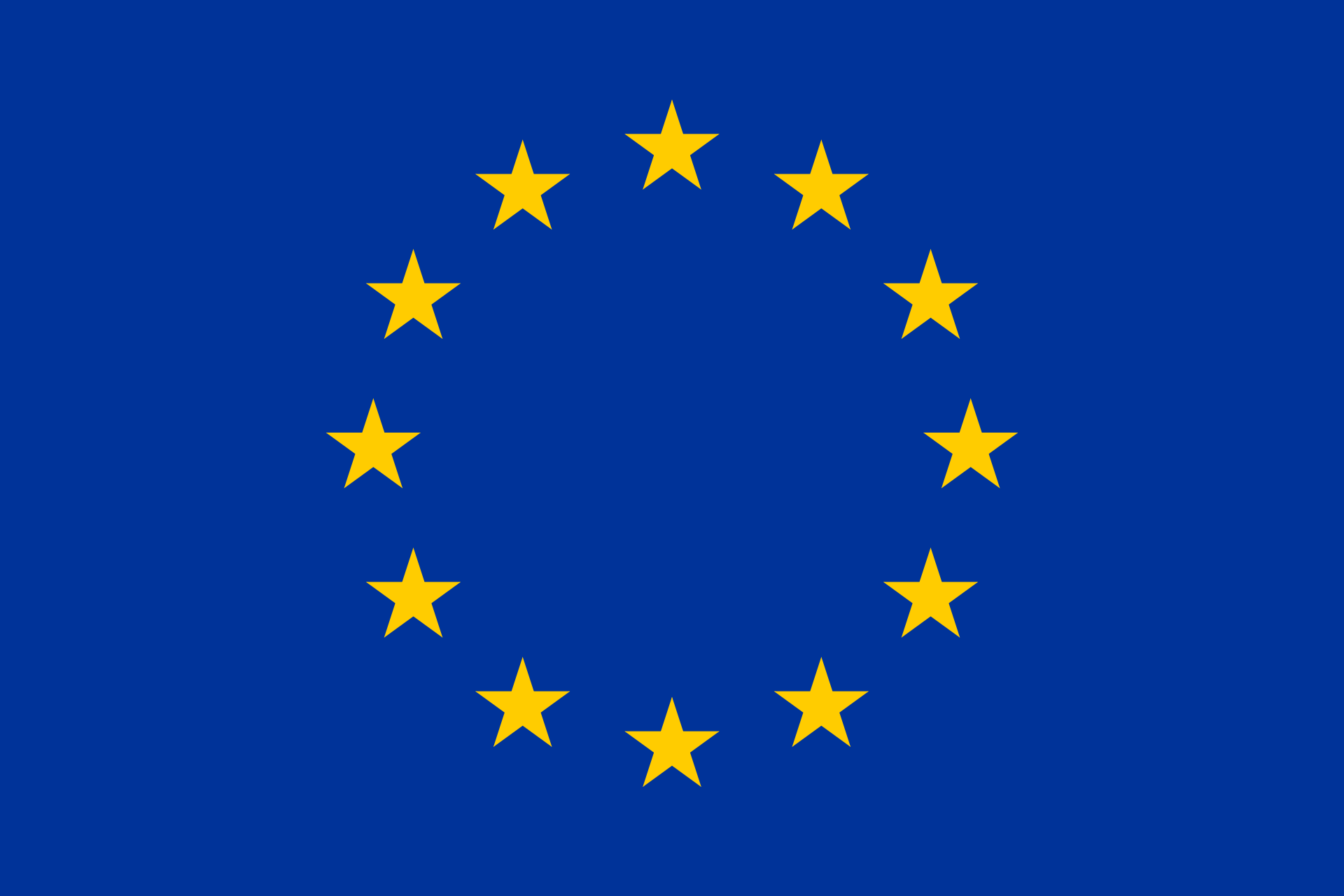When a formal solution is non-existent, not suitable to handle the situation, or cannot be applied due to some specificities of the context, an informal solution might be created on the fly.
Below you find examples of informal solutions.
John Hopkins Covid-19 Dashboard
When Ensheng Dong, a researcher at the Center for Systems Science and Engineering of the Johns Hopkins University, heard the news about a virus spreading in his home country China, he was concerned about the safety of his family and friends. Especially since he studied epidemics and knew how dangerous viruses could be. Then, the first case of Covid-19 in the USA was confirmed on January 20. The next day, Dong proposed an idea to his advisor Dr Gardner and they agreed to develop a dashboard to track the virus building on a Geographic Information System (GIS).
Soon, the group of Dr Gardner was working on data collection and curing. Together they developed an online dashboard to track statistics about the coronavirus worldwide. These statistics cover the number of cases, deaths, vaccine doses, etc. The dashboard uses hundreds of data sources and news outlets from around the world such as 1point3acres. The researchers even received emails from people all over the world reporting new cases that were not accounted for in the dashboard. Then, due to the high demand and the high amounts of data, the Applied Physics Lab at the university started supporting the group with all the back-end technology. After that, Esri, the GIS company, started helping with managing the platform.
The dashboard was widely used across the globe, it has been accessed around 2.5 billion times since its beginning till now. It started growing to the extent that the platform was supported by a private company such as Esri. The data produced by the dashboard was consumed by media outlets, decision-makers, researchers, and reports worldwide.
More examples will follow soon

